Located about 8 kilometres to the south of the centre of Nashik in Maharashtra in India, the Pandavleni Caves, also known as Pandu Caves or Nasik Caves are ancient rock-cut caves that are situated on the tableland of the Trivashmi Hills. These caves date back to the period between the 3rd century BC and 2nd century AD. The Pandavleni caves are a group of 24 caves that represent Hinayana Buddhism. The mystic caves also comprise of musical fountains, museums and various outlets of food. Multiple monasteries, shrines, water tanks, pillars, and carvings can also be found inside.
The Pandavleni Caves were built by prominent rulers of that time, such as the Satavahanas and Kshaharatas, for the Hinayana Buddhist monks. Of all the twenty-four caves, cave numbers 3 and 10 are the most beautiful ones. The architecture of these caves is unique and impressive. The inside of these caves also consists of inscriptions which act as significant study material for researchers and scholars till this day. Cave number 15 has an inscription about the King of Western Maharashtra.
There are beautiful sculptures, chambers, unique water structures and stone ladders too built inside the cave. The Dada Saheb Phalke Smarak lies at the foot of the Pandavleni caves and showcases the work of Dadasaheb Phalke. Tourists have to climb nearly 200 steps to reach the top and enjoy the breathtaking views. People also visit this attraction frequently to enjoy trekking. At the same time, the location of the caves is a prominent holy Buddhist site. This makes the Pandavleni Caves a well-known tourist site that is visited by tourists in large numbers all year round.
Pandavleni caves are 2000-year-old, and it was built by the Jain Kings. It is a group of 24 Hinayana Buddhist Caves, which date back between 1st century BC and 2nd century AD. These caves are at a distance of 8 km from Nasik.
Amongst all, cave number 3 and 10 are the best. Cave number 3 has a large Vihara with fascinating sculptures, cave number 10 is also a Vihara, but it is much older and finer than the cave number 3. It is believed to be as old as the Karla Cave near Lonavala.
The cave has idols of Buddha, Jain Teerthankara Vrishabhdeo, and the icons of Bodhisatva, Veer Manibhadraji and Ambikadevi. These caves are popular meeting places for the disciples as well. There are also attractive water tanks that are very skillfully chiseled into the rock.
In a country of rich culture and heritage, we find some of the most admired works of art from the historical eras. One of such remarkable works of art is the Pandavleni caves located near Nasik in Maharashtra. Seen as one of the most visited Buddhist religious centers, the Pandavleni Caves consists of 24 carved cave temples called viharas. One among those 24 carved cave temples is the Chaitya. In ancient times these viharas were used as monasteries where people met monks and discussed, whereas the vihara was used as a prayer hall for the Buddhist monks and disciples of Gautam Buddha. At the bottom of the Pandav Leni Caves one can see the Dadasaheb Phalke Smarak, with musical fountains, fast food outlets and museums.
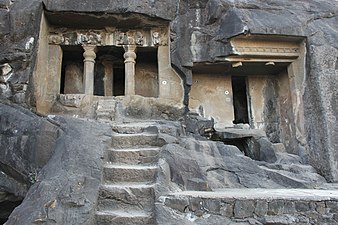
A place given as a gift and donation by the kings who patronized the Buddhist culture and their scholars, this beautiful cave has become a tourist attraction in the recent years. The architecture and the art of the place along with the inscriptions found in the caves are some of the reasons that attract people towards this place. Located in the high altitude mountains of Trirashmi, the temples can be reached by climbing the stone ladders and trekking up the mountains. Its one of the places that has its name in the Maharashtra trekking list.
On Bombay-Agra road, about 2.5 kms. from the Taj Residency a small hillock is seen. It houses the famous Pandavlena caves. From a distance you can see the hillock and the caves cut half way through the hillock. The climb is not very steep. The height of the caves must be about 300 ft. from the foot of the hillock. This is one of the beautiful places worth visiting. Many a mountaineers and trekkers frequent the place early in the morning or in the evenings. Not very far off from city, it is still a very peaceful place and gives a very beautiful panoramic view of the city. Maharashtra Government has taken up the area for cultivating forest and since 1996, more than 4000 trees of different varieties have been planted on the hillock. The place attracts tourists, archaeologists, trekkers and artists, since the view provides a beautiful landscape for painting.
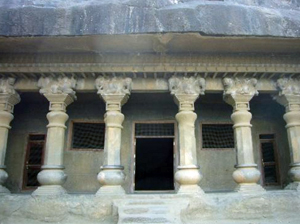

The caves are open for visitors from 8 a.m. to 5.30 p.m. everyday with an entrance fee of Rs. 2.Children below 15 years have free entrance. On Fridays, entry is free. As per the history, the caves have no connection to Pandava . The name Pandavlena is a recent version of the old name Trirashmi. Pandavlena caves belong to the 1st Century B.C. to 4th Century A.D period. This group of 24 Buddhist caves is one of the most important in Western India, particularly interesting on account of the large rare inscriptions of considerable historical interest found here. They were excavated between the second half of the 1st Century B.C. and the end of the 2nd Century A.D. by the Buddhist of the Hinayana Faith, who worshipped Buddha in symbolical form. The images of Buddha carving in some ofthe caves are later additions made by the devotees of the Mahayana faith in CIRCA 4th – 6th Century A.D. The ancient name of the place was pandavleni”Trirashmi” – the triple royal – the name of the Pandavlena caves being a modern application. The most important caves in this group are No. 18 and 20. Except cave No. 18 the remaining caves are Viharas or monasteries excavated in CIRCA 2nd Century A.D. Cave No. 3 was excavated at theorders of the Mother of the famous Satvahana King Gautamiputra Satkarni, who held sway over a large part of the Deccan in the 2nd Century A.D.
In cave No. 10 there is an inscription regarding the donations made by Ushadatta, the son – in – law of Kshatrapa Nahapana (CIRCA 120 A.D.). Similarly cave No. 17 contains an inscription stating that a “Yavana” (the Greek) named Indragnidatta and his son Dharmarakshit excavated this vihara with a shrine and the cisterns.
Cave No. 18 is the oldest and also the most important, being the chaitya – the hall of congregation. According to the inscription engraved on the 5th and 6th pillars, this chaitya was excavated by Bhattapalika, wife of the Royal Officer Aghetyana and daughter of the Royal Officer Arahataya. Anotherinscription under the horse shoe arch of the entrance records the gift of a village by the inhabitants of the Nashik for the upkeep of the chaitya. Cave No. 20, first taken by an Ascetic name Bhopaki was completed by Vasu, the wife of Mahasenapati Bhavagopa in the 7th year of the Satvahan King Gautamiputra Yajnashri Satkarni (CIRCA 166-198 A.D.)
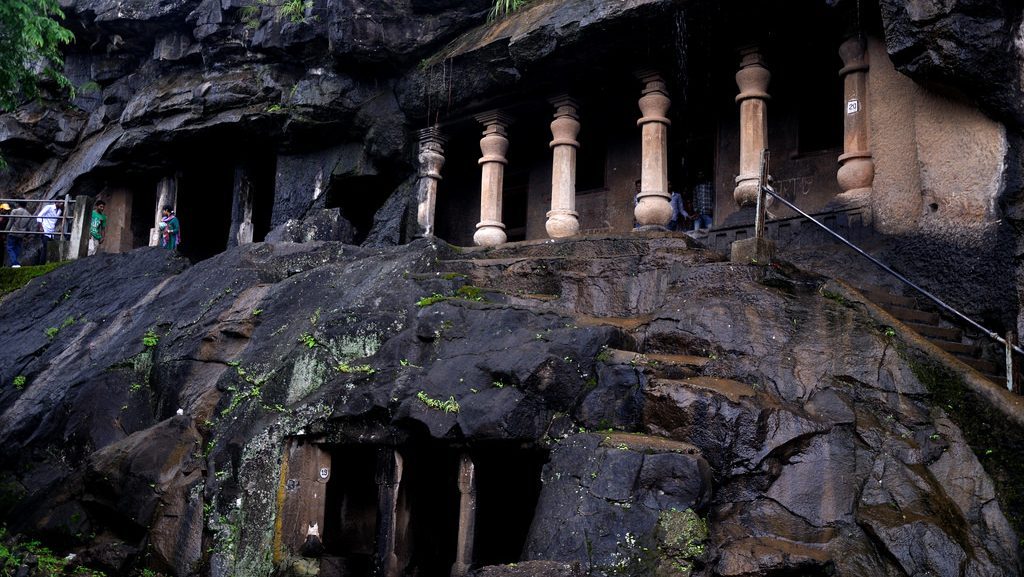
HISTORY OF THE ATTRACTION
The caves were built in the early periods of the 3rd century and were ruled by the Western Kshatrapas, the Satavahanas and the Abhiras. The caves have witnessed contribution by the Mahayana and the Hinayana sects of Buddhism which can be identified in the sculptures and paintings of the area.
GETTING THERE
When a person is travelling by air, they must land at the Gandhinagar Airport in Nasik after which they can avail an auto or taxi to take them directly to the Pandavleni caves. On the other hand, when a person is travelling by train it is convenient for them to get down at the Nasik Road railway station and avail an auto or rickshaw or a taxi. While travelling by buses or other road transport one can reach Nasik and then make their way to Pandavleni caves on state transport.
THINGS TO DO IN AND AROUND
While one is visiting the Buddhist cave temples, they can also make their way and explore the Sula vineyards near the Pandavleni Caves, Anjeri hills, Kalaram temple, Jain Mandir in Nashik, York Winery and tasting room, Kapileswara Temple and the Deolali Camp in Nasik. They can also visit the Ashoka falls in Igatpura for a calm and relaxing time that rejuvenates their souls with the purity of the place.
How to Reach:
By Air
The nearest airport Ojhar Nashik International airport is situated about 24 kilometers far from the center of city.
By Train
Nearest Railway Station is Nashik Road which is approx 10 Kms away.
By Road
Nashik is well connected by Road and Pandavleni Caves are on the side Mumbai Agra National Highway



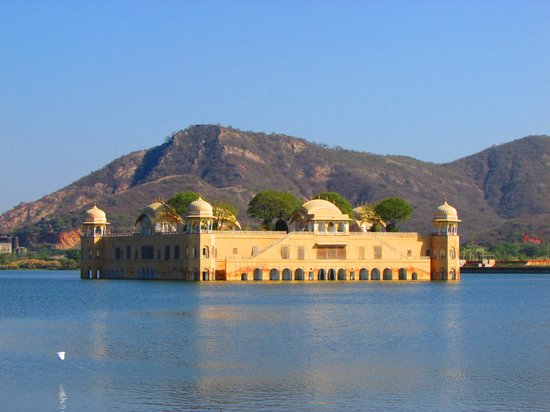
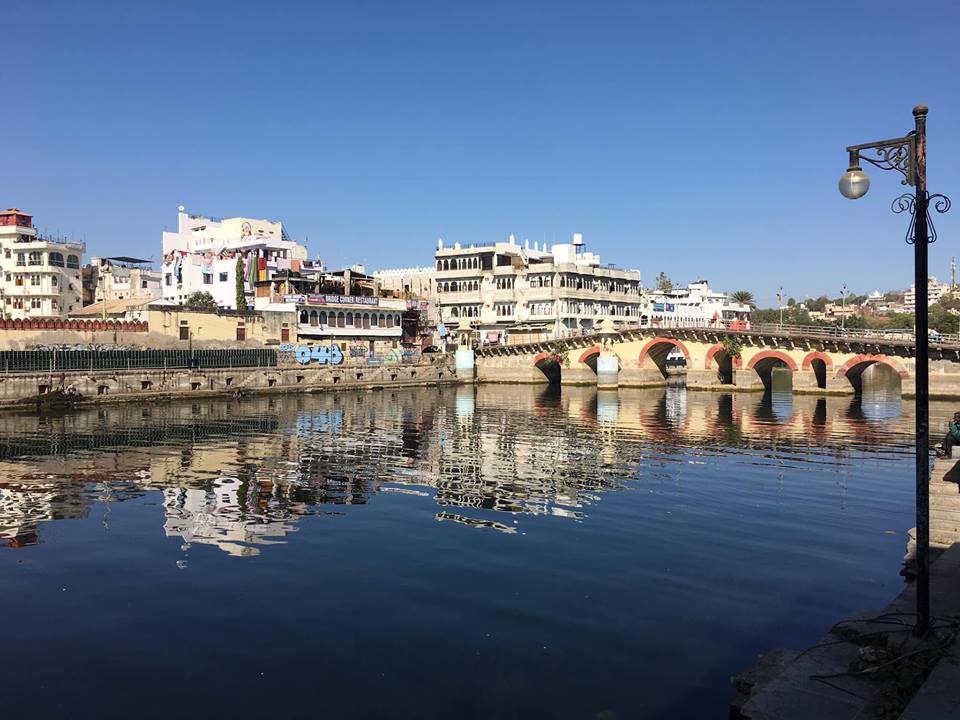
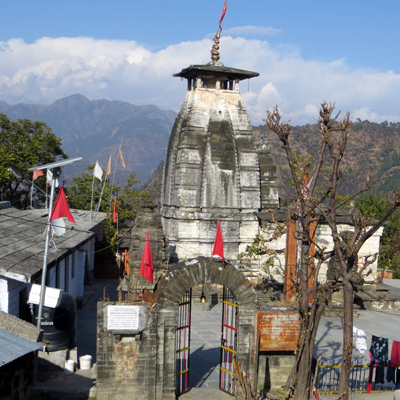

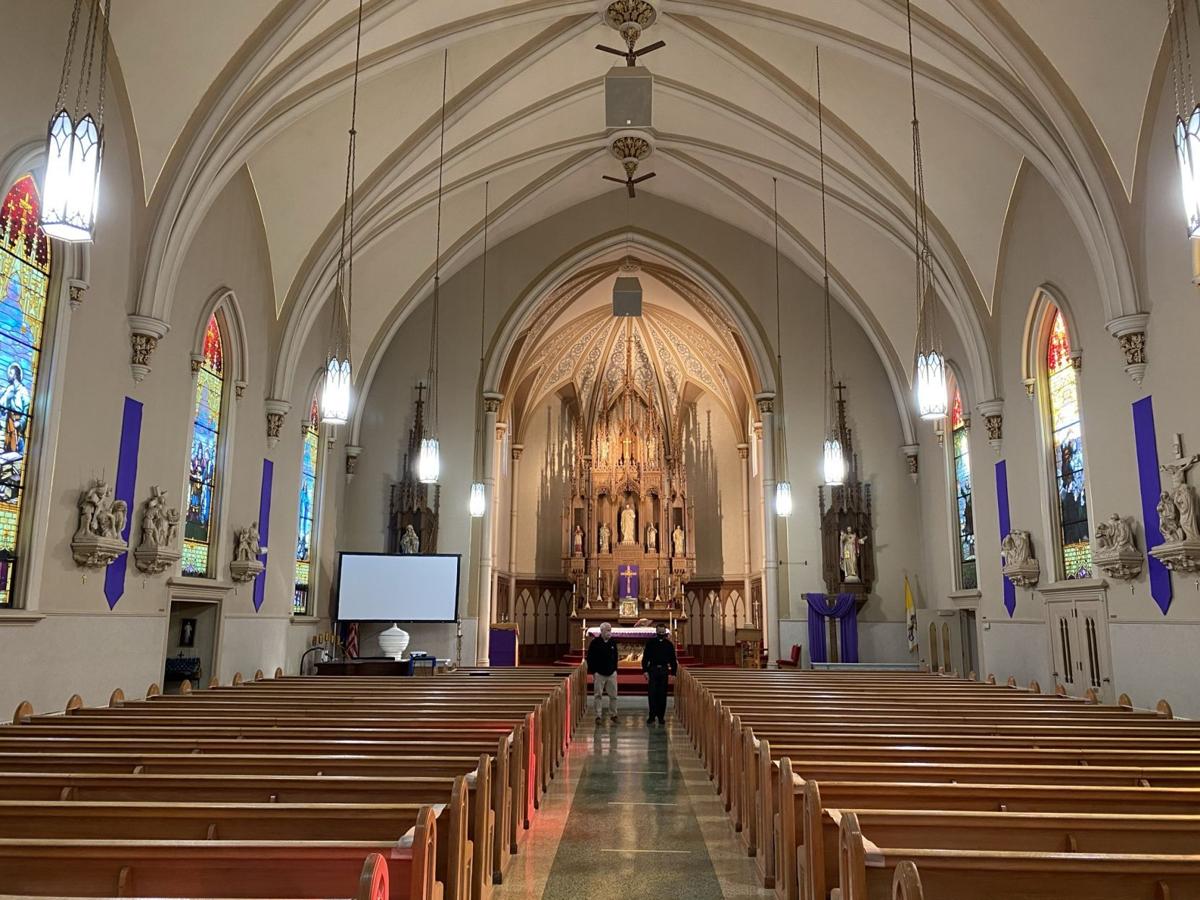

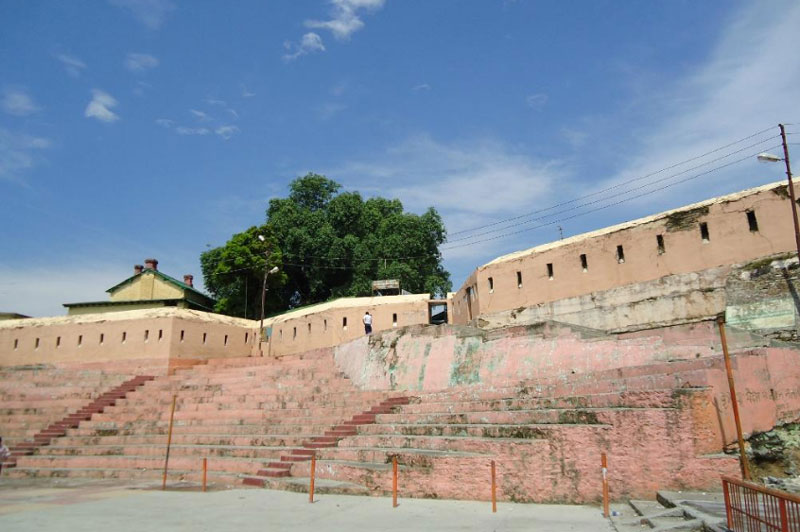



11 Comments
Comments are closed.